The 2023 RockShox Lyrik’s redesigned chassis is fitted with the brand’s all-new Charger 3 damper and DenbonAir+ air spring with trail-chatter absorbing ButterCups, all in a bid to narrow its focus.
Despite it still using only 35mm diameter stanchions, the redesigned lower castings and crown have been built from the ground up.
These changes are combined with reduced travel options (now 140mm, 150mm and 160mm), aimed at focusing the Lyrik’s intended use away from any overlap with its smaller and bigger siblings, the Pike and ZEB; both of which have also been refreshed.
The top-flight Ultimate model I’ve tested gets all RockShox’s latest tech and retails for £1,013 / $1,049 / €1,134.
My pair of 160mm-travel, 44mm offset Lyrik Ultimate forks with an uncut steerer tube weighed 2,042g.
2023 RockShox Lyrik Ultimate specifications and features
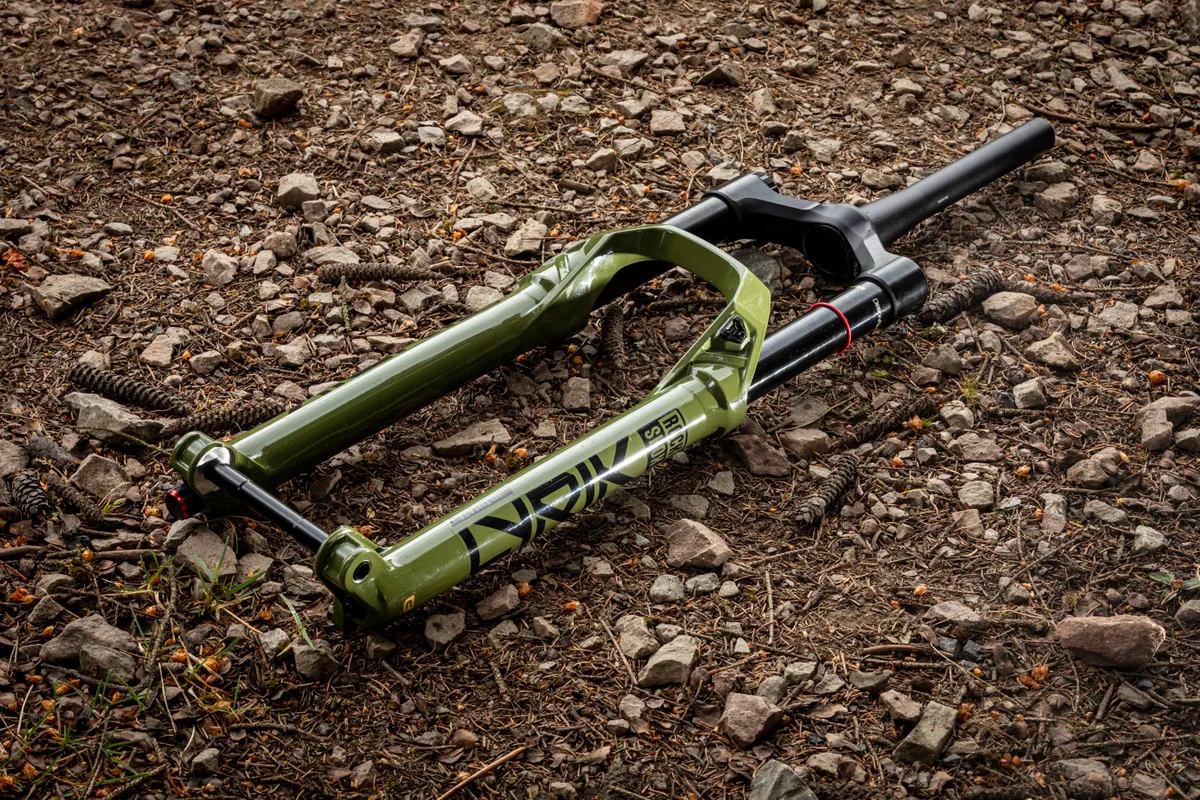
Visually, the 2023 Lyrik is different from the previous model, and not just because of its all-new ‘Heavy Meadow’ colour. The lower castings have been slimmed down and reshaped with a more angular design.
The result, RockShox claims, is a “hyper-focused new chassis that’s lighter while still critically stiff to deliver on Lyrik’s legendary performance”. Despite a refocusing of the Lyrik, RockShox still wants it to be as capable of tackling the widest gamut of terrain types.
Torsional stiffness is claimed to be up 20 per cent compared to the old model.
Fitted exclusively to the Ultimate version of the fork – that I’ve tested – is the ultimate bushing package. This sees increased overlap on both the upper and lower bushing which, RockShox claims, minimises friction.
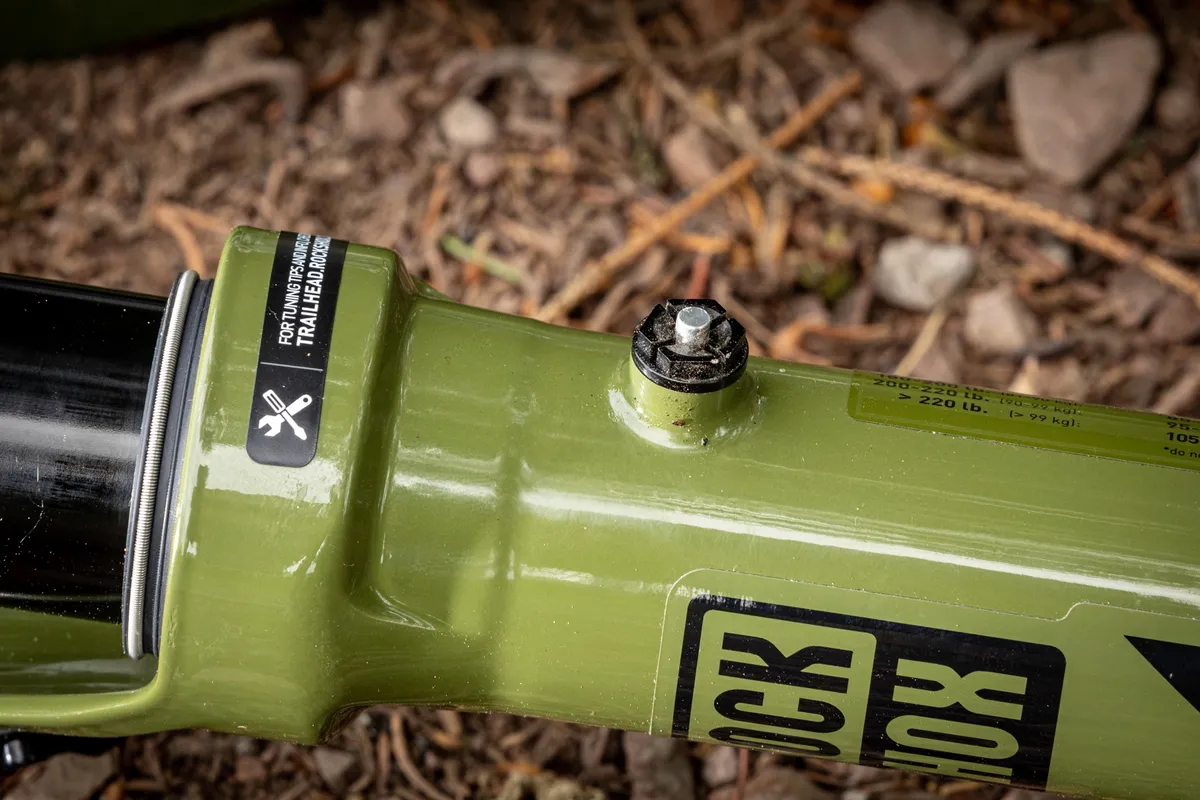
Pressure-release valves are moulded into the rear of the lower castings and are used to eliminate unwanted pressure build-up in the lowers.
Charger 3 damper

Arguably, the all-new Charger 3 damper – that’s moved away from the sealed-bladder design of the previous Charger 2 and 2.1 – is the star of the show.
It uses an internal floating piston (IFP) – technology similar to rear shocks – that has a spring to create ‘back pressure’ inside the damper, rather than relying on the contraction or expansion of the bladder caused by oil filling or emptying it during compression and extension of the fork.
RockShox claims this is one of the things it has done to help “eliminate high-speed and low-speed compression [adjustment] cross-talk”.
Of course, the shift to an IFP isn’t the only change to the damper. The low- and high-speed damping circuits have been totally reworked with a “reimagined valving design”, helping make the reduction in cross-talk possible.
This independent compression-damping performance is claimed to be the first of its kind for mountain bike forks.
DebonAir+ air spring
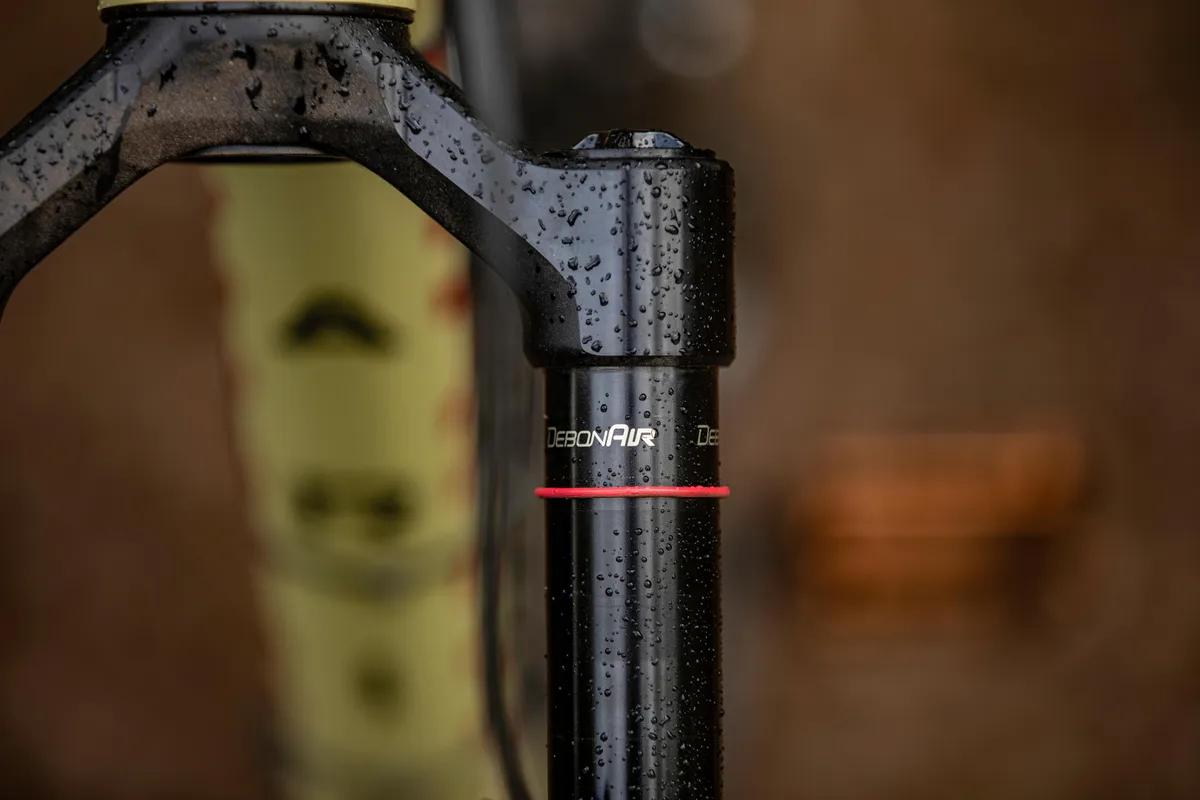
Also updated is the Lyrik’s air spring, with positive and negative air chambers that have been tuned specifically for the fork’s intended use. It has been designed to take into consideration pressure build-up within the fork’s lowers during compression.
The new spring sees a relocation of the transfer port to addresses the issues of the previous two iterations of DebonAir, and is claimed to strike a balance of feeling super-supple while not sucking into its travel, creating ride-height issues.
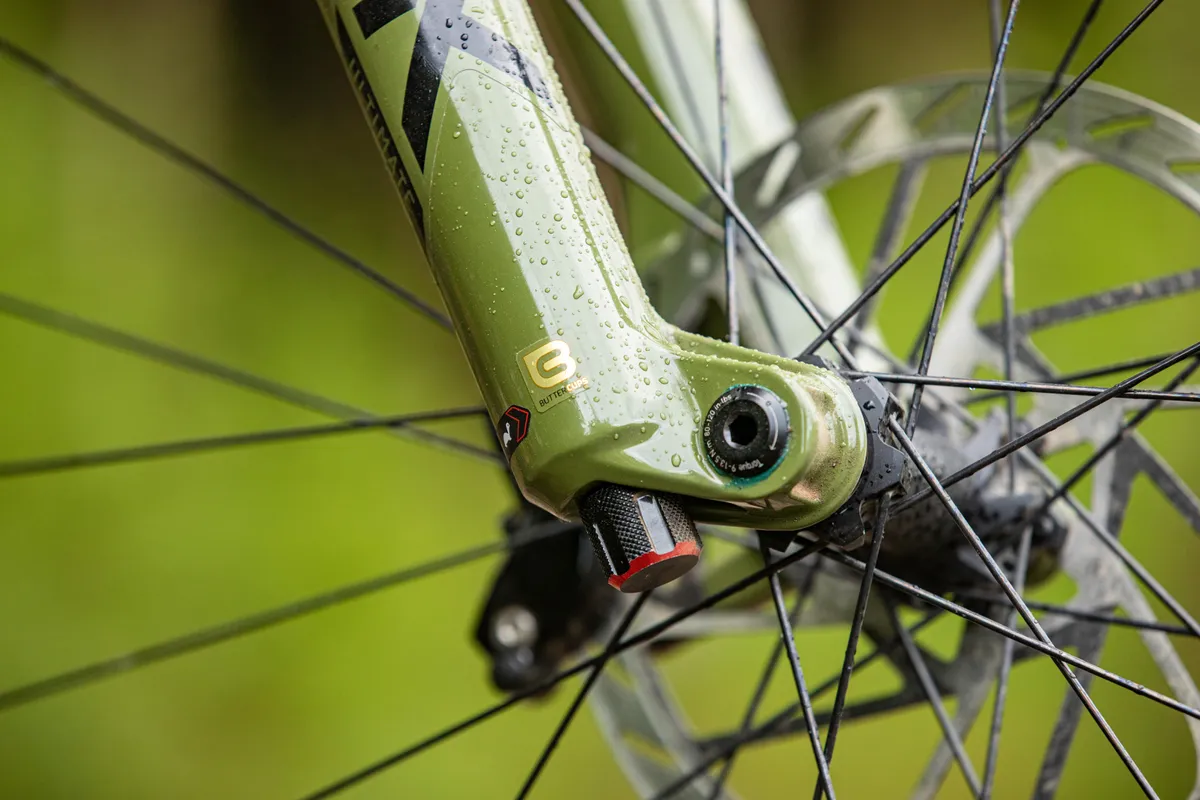
ButterCups first debuted on the Flight Attendant ZEB, Lyrik and Pike and are claimed to “block… high frequency vibrations… from the trail” by 20 per cent.
They do this thanks to small, rubberised pucks that are fitted within an assembly at the base of damper and air-spring pistons that is press-fitted into the base of the lower legs. These pucks are claimed to insulate vibrations usually passed directly from the lowers into the fork’s damper and air spring.
Testing the 2023 RockShox Lyrik Ultimate
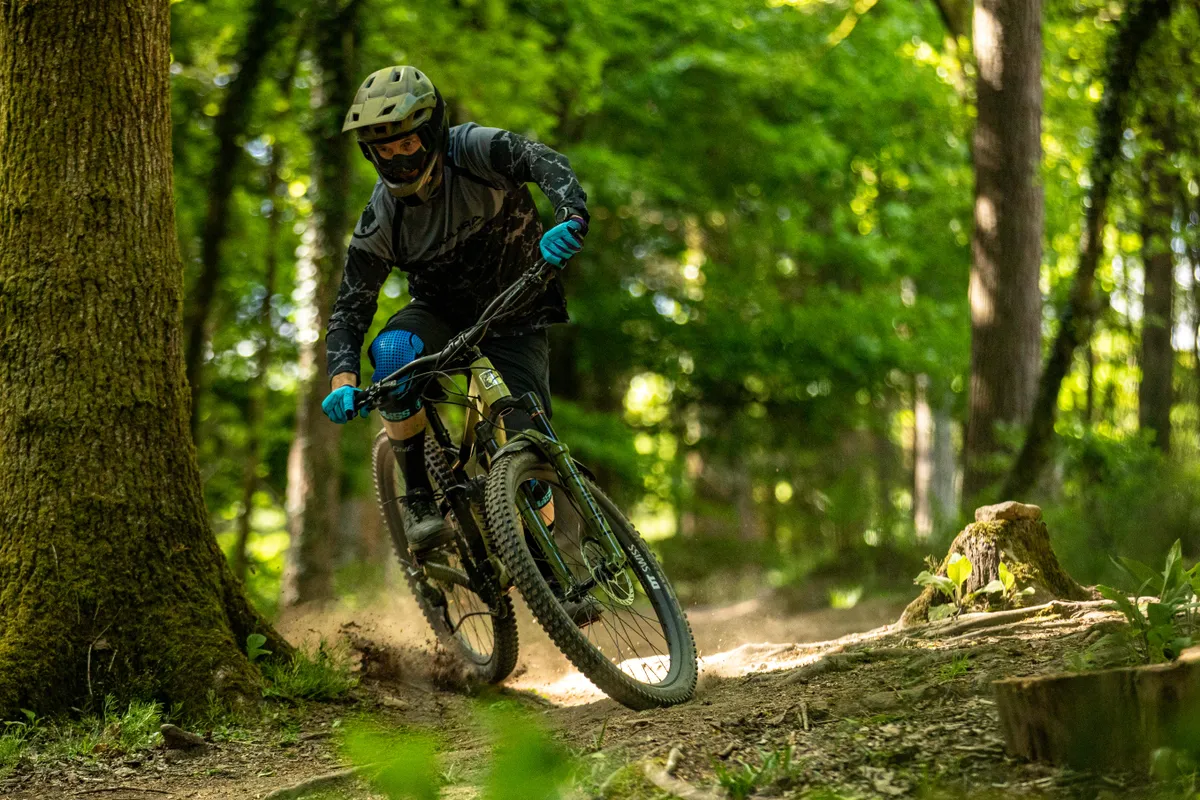
I was lucky enough to get a set of 2023 RockShox Lyrik Ultimate 160mm-travel forks ahead of their official launch to test on my Marin Alpine Trail XR, along with the all-new RockShox Super Deluxe Coil Ultimate rear shock.
Although my Alpine Trail XR is a test bed fitted with a host of different parts, it comes from the factory with the MY21 RockShox Lyrik and Super Deluxe Coil Ultimate shock, making direct comparisons between the previous and newest iteration of RockShox easier.
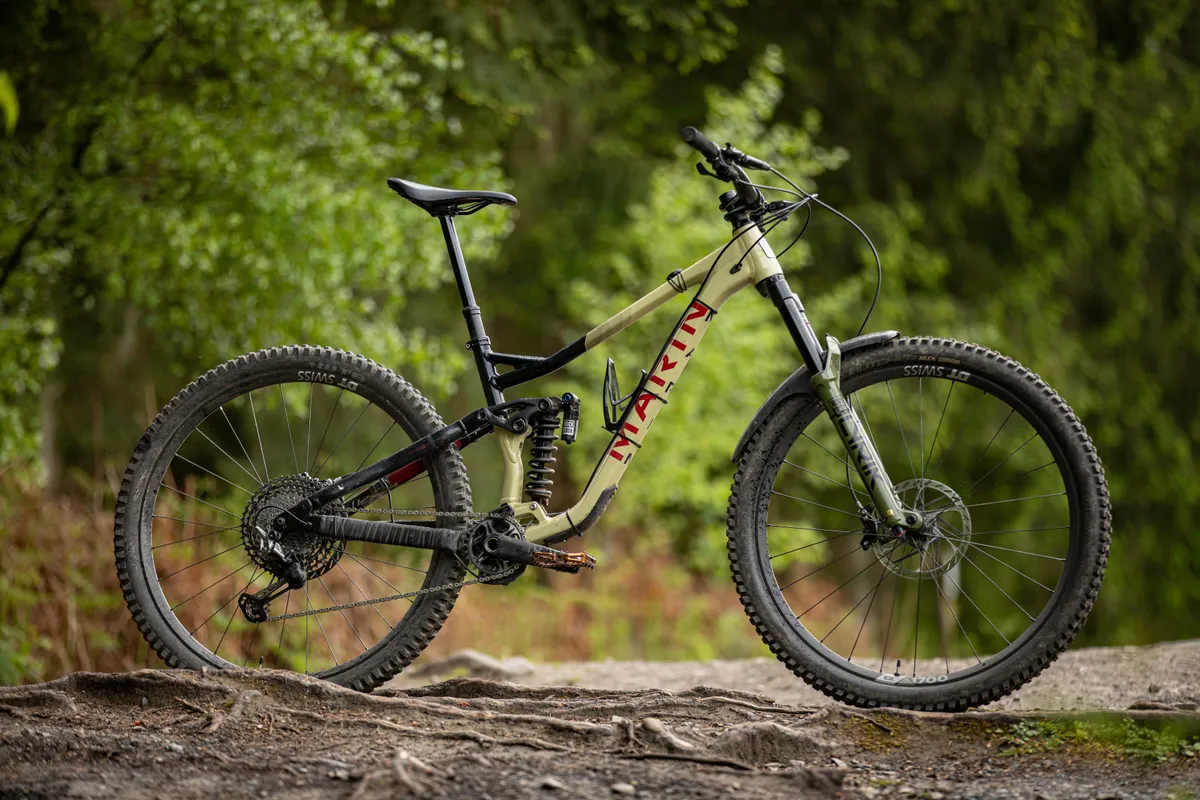
How we tested the 2023 RockShox Lyrik Ultimate
Alex tested the forks and shock over a period of several focused weeks on his home trails in Scotand’s Tweed Valley, host to the UK’s round of the Enduro World Series and legendary Glentress trail centre.
From riding well-trodden test loops for hours on end, through to back-to-back testing on the same trails with the new and old forks, he was able to get a solid understanding of how the 2023 kit performed.
2023 RockShox Lyrik Ultimate setup
I would be lying if I said I found setting up the 2023 Lyrik easy. The new air spring and damper certainly require a different approach to setup compared to RockShox’s outgoing models and other forks on the market, such as Fox’s 36 and 38.
Without a setup guide beyond the recommended spring pressure (80psi) for my weight (76kg kitted up) on a sticker on the rear of the fork lowers, I relied on my experience and knowledge to get the Lyrik ready to ride, but I shouldn’t have.
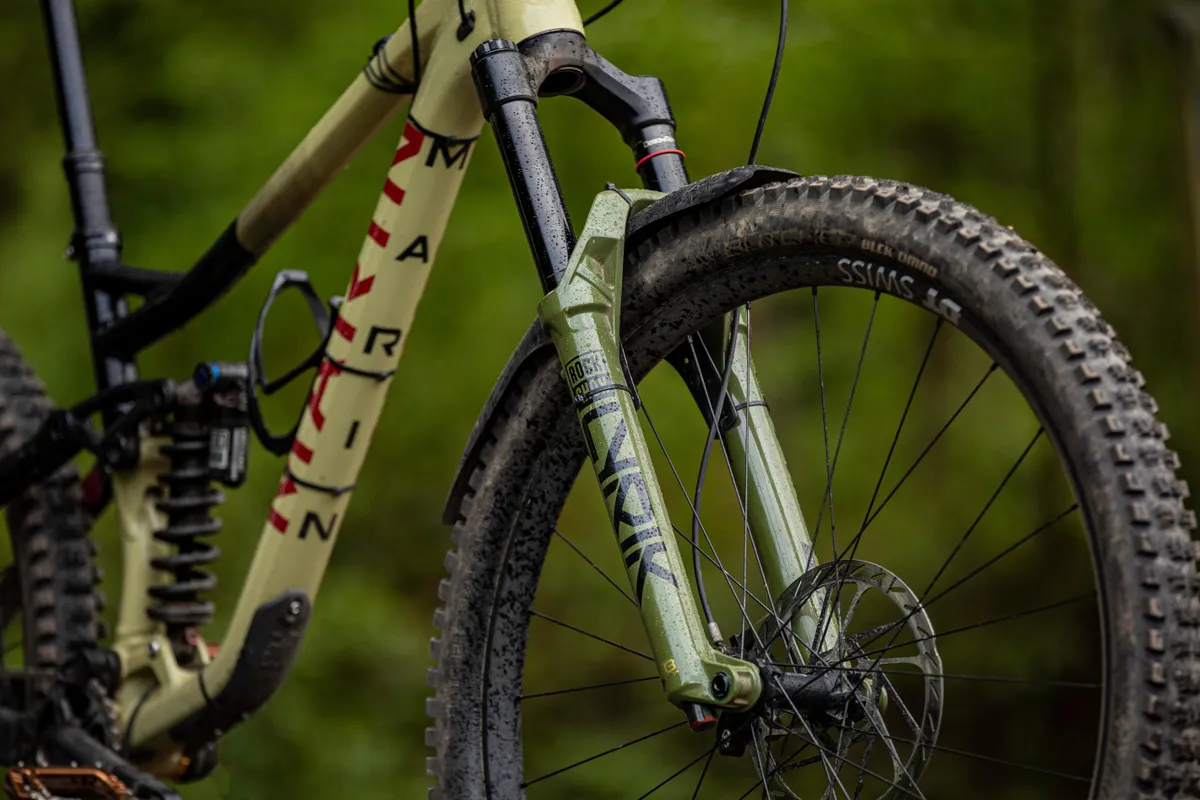
I initially installed three volume-reducer spacers – the same number I’ve installed in previous Lyrik forks – and set the pressure to 80psi: the recommended amount for my body weight.
I set all the low- and high-speed compression damping to fully open, and adjusted rebound to feel, which was also fully open. This setup gave me roughly 30mm or 18.75 per cent sag. Out on the trail this felt terrible, where the initial part of the fork’s travel was too quick to compress, while the spring-based ramp up was harsh and sudden.
Increasing low- and high-speed compression damping helped stop the fork from eating through the first third of its travel, but the ramp-up issue was still there.
At this point, I was concerned about the fork’s performance, but I spoke to SRAM, who recommended that I remove all the installed volume-reducer spacers because the redesigned DebonAir+ spring didn’t need them.
Revisiting my setup entirely, I removed all the spacers and re-inflated the spring to 80psi. I set the damping adjustments (except rebound) to their middle points. Like this, the fork began to feel better.
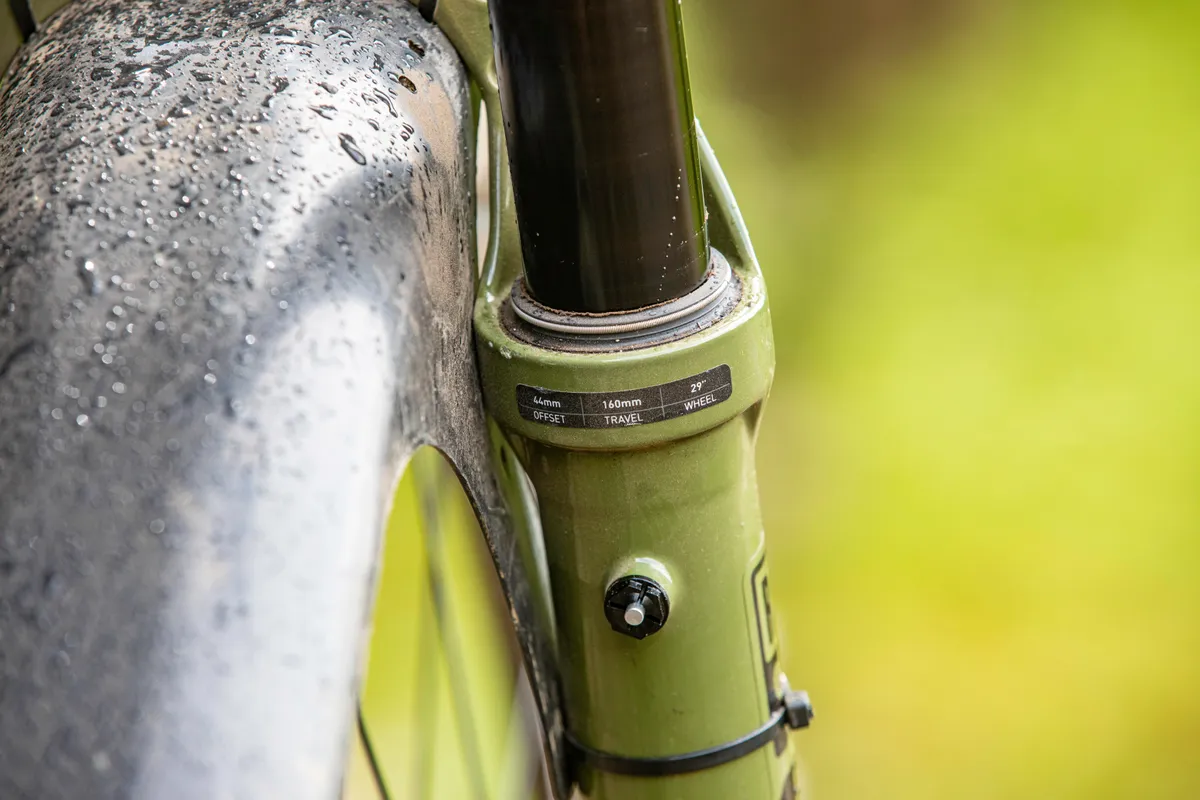
I incrementally reduced spring pressure to improve small their suppleness, finally ending up with 65psi, one volume-reducer spacer – giving a whopping 47mm, or 29.37 per cent sag – and damper settings as follows: high-speed compression 0/5 (fully open); low-speed compression 7/15 (middle, stock setting); low-speed rebound 0/18 (fully open).
Set like this, the wall-like ramp-up was gone, and the fork didn’t eat into its earlier stroke too easily.
Although this is hardly a revolutionary setup, it does serve as a good illustration of just how different the all-new Lyrik is compared to the old one, and how badly it can feel when set up incorrectly.
If you’re looking to purchase a 2023 Lyrik, I would recommend spending plenty of time setting it up and trying out many different options.
The biggest takeaway for me was how different the air spring in the 2023 Lyrik felt and performed compared to the outgoing model, and it seems volume-reducer spacers are no longer needed to help maintain ride height and provide enough bottom-out resistance.
2023 RockShox Lyrik Ultimate ride impressions
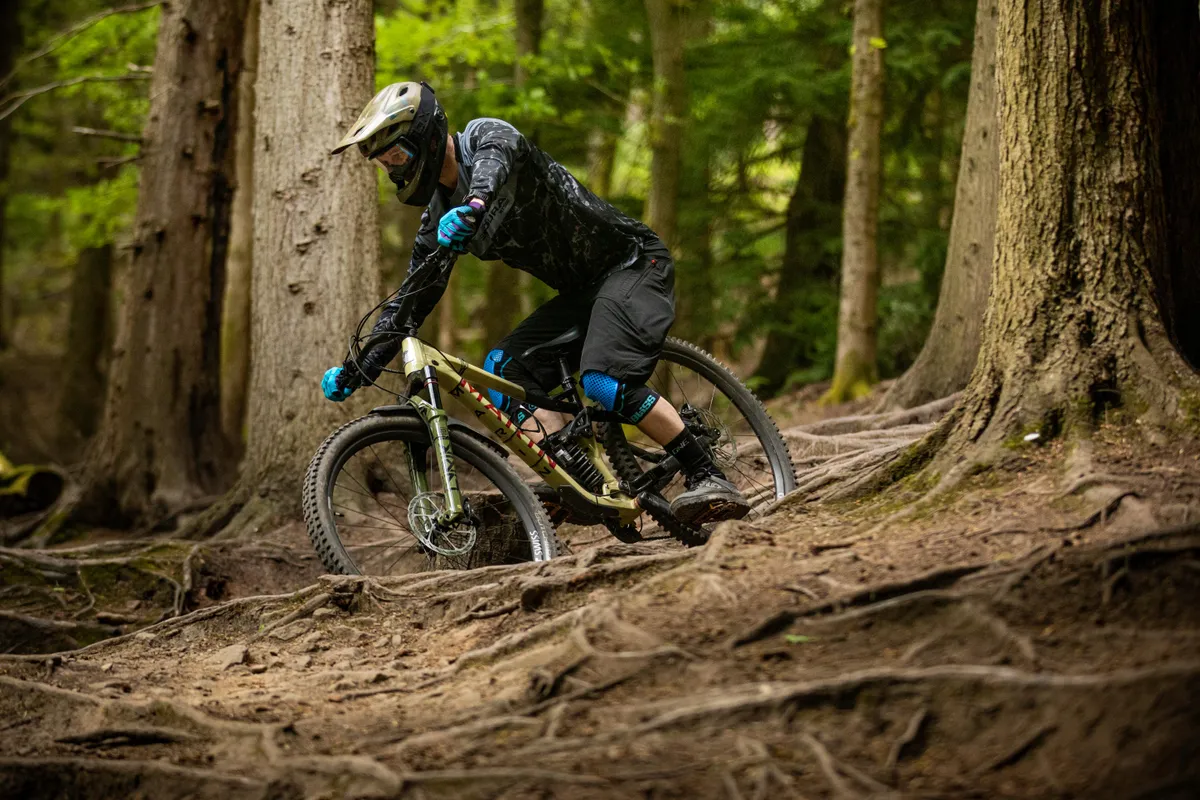
As I discovered while setting up the Lyrik, the new fork’s standout feature is its mid-stroke support and gradual, smooth ramp up towards bottom out, both created by the all-new Charger 3 and DebonAir+ spring working together.
Class-leading damper support
The amount of damper support, even at low spring pressures, was seriously impressive and underlined the fork’s aggro attitude. I was able to confidently weight the front wheel when hammering into steep on-the-brakes catch berms without fear of the fork diving deep into its travel or wallowing about in the mid-stroke.
In berms or through large compressions, this was equally impressive and present. The damper and spring provided geometry-stabilising support, where front-end ride height wasn’t constantly sinking and rising, even with large, exaggerated shifts in bodyweight.
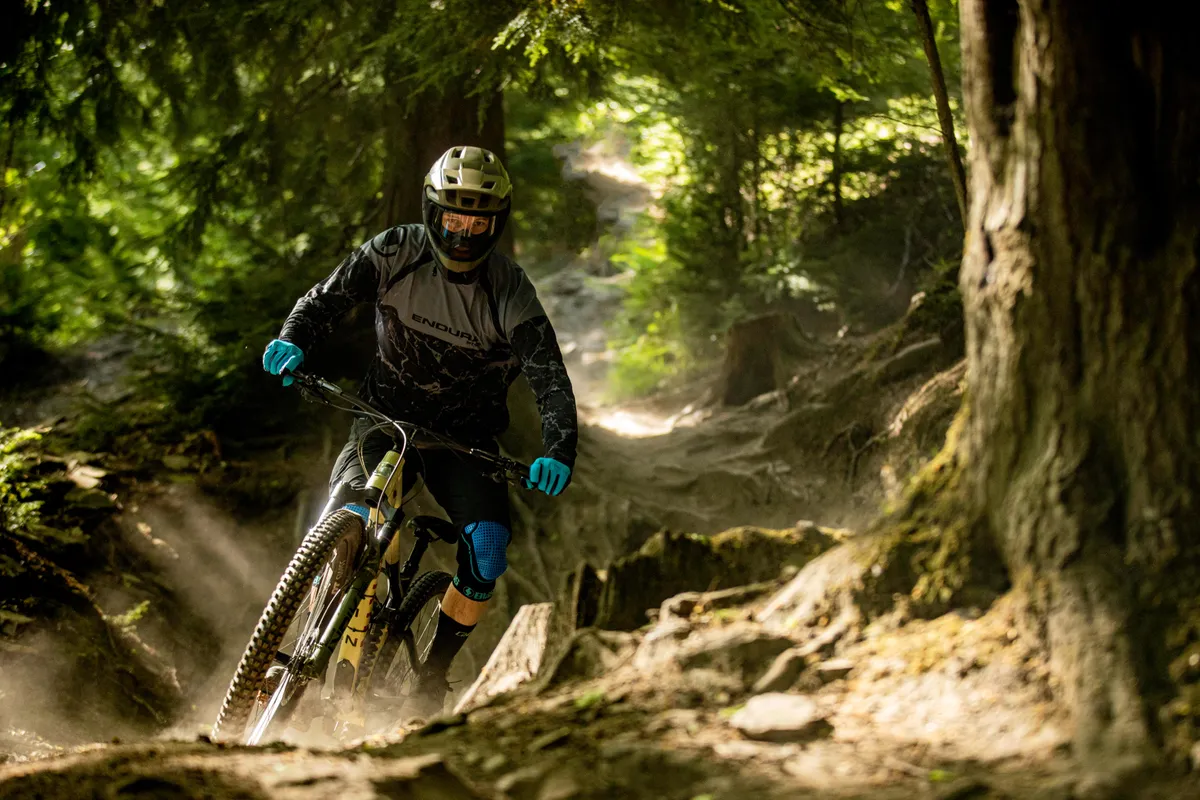
This meant I could focus on riding harder and faster with more control rather than moving my body around to compensate for a lack of damping.
No longer did I need to rely on the spring as the only tool to manage ride height and ensure stability. Despite running way more static sag than I would usually – nearly 30 per cent – when riding trails, the fork remained consistently well positioned in its travel.
Superb spring performance
This damper support worked exceptionally well with the DebonAir+ air spring.
Arguably, I found the 2023 Lyrik’s air spring to be one of the best I’ve ever ridden, because it managed to handle lower spring pressures with impressively supple but effective ramp-up and was helped by the damper to not blow through its travel.
Frequently, I’d use full travel on a descent, but never felt a single hard-stop bottom out during the entire test period, testimony to their incredible performance.

On bigger hits, they were massively absorbent, truly smoothing out chunky terrain with control and composure. Not once did they become overwhelmed, unable to recover for the next bump or feel as though they were compression spiking, cementing their big-bump performance.
This meant harshness caused by big, square-edged hits was non-existent which helped to reduce fatigue on long descents.
Familiar chassis feel
Although the Chassis has been redesigned and looks different to the previous model, the forks still blend that unmistakable stiffness and flex the Lyrik is renowned for.
On steep terrain in high-load corners, where most of my weight was pressuring the front end, there was no perceptible flex or twist and the front wheel tracked the line I pointed it on with pin-point precision. In high-speed corners, it was the same story; steering accuracy was commendable.

However, this accuracy didn’t come at the expense of comfort, and steering deflection caused by an overly stiff fork wasn’t a problem.
Although RockShox has coined the Lyrik as its all-mountain fork, the 160mm-travel version has plenty of guts to serve up enduro-like performance. As with the damper and spring, the chassis has an exceptional balance in the way it feels.
Just shy of perfect
In terms of real-life, on-trail performance, the new Lyrik is a resounding success, but it’s not quite totally perfect.
The biggest downfall, I found, was small-bump performance. While the ButterCups arguably create a muted and damped feeling on harsher, smaller bumps, outright bump compliance isn’t quite there.
Worn-out trail centre runs littered with small, jagged rocks were the least likely to be absorbed by the Lyrik. Instead of the fork fluttering in and out of its travel, it remained almost static until the bump sizes got larger, when it would then start moving.

Through the bars, they felt more like a high-density rubber bouncing ball rather than a soft foam or sponge ball being rolled along a bumpy surface. Neither transmit any harshness, but the sponge or foam ball can more accurately conform to the surface’s bumps. The fork was the same as the high-density rubber ball in this respect.
While this didn’t cause discomfort, limit traction, or generally detract from the way they rode, it was noticeable.
I found it hard to accurately diagnose the cause of this, but eliminated any potential bushing binding caused by the lower legs getting ‘pinched’ onto the hub body as the axle was tightened.
It could be how the new Lyrik’s re-jigged air spring feels, it could have been caused by friction within the damper, or even the larger bushing overlap. Unfortunately, I couldn’t test a second set of Lyriks to verify whether this is a characteristic or a one-off.
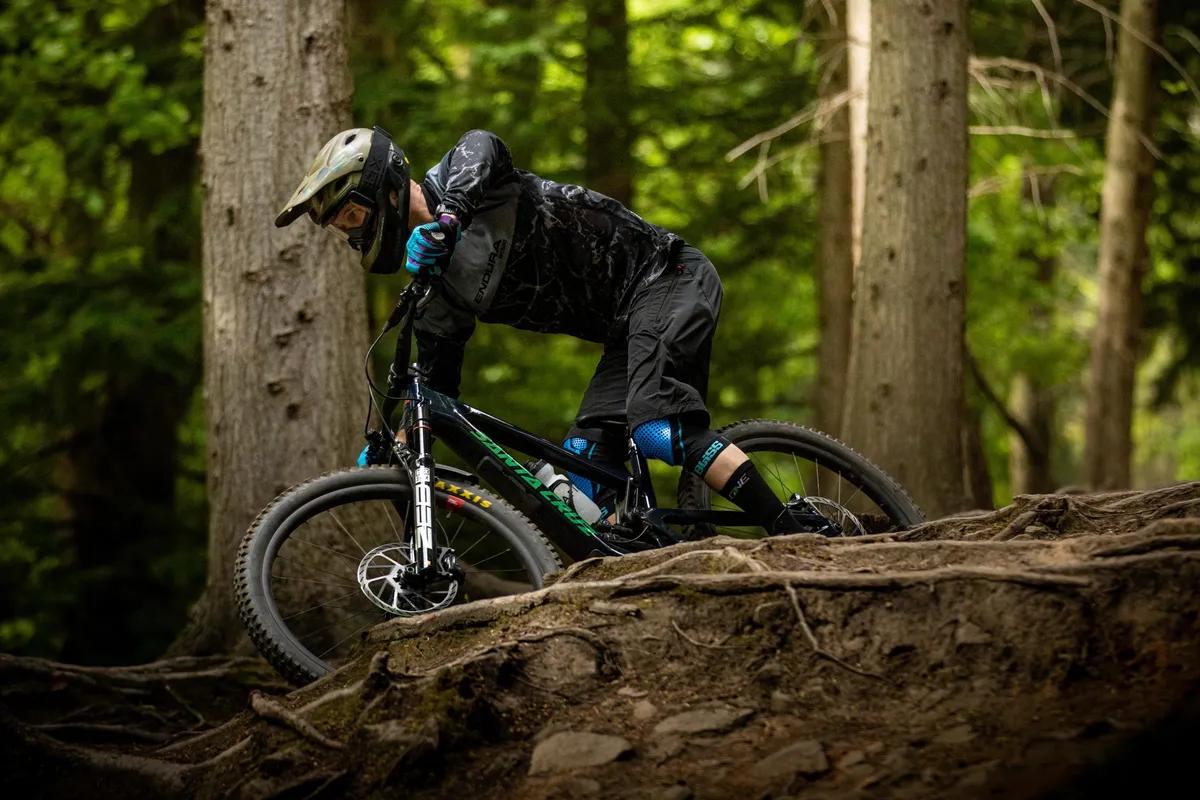
However, I did manage to ride the new ZEB briefly, and it felt much more supple at the start of its travel compared to the Lyrik. This suggests it's most likely related to the air spring’s design rather something else.
2023 RockShox Lyrik Ultimate performance details
- Pressure-relief valves: A neat addition to the range, and the difference in performance after purging built-up pressure in the lowers was noticeable. I found the new Lyrik to be particularly sensitive to pressure build-up causing reduced sensitivity. Purging the lowers every other run kept them feeling good.
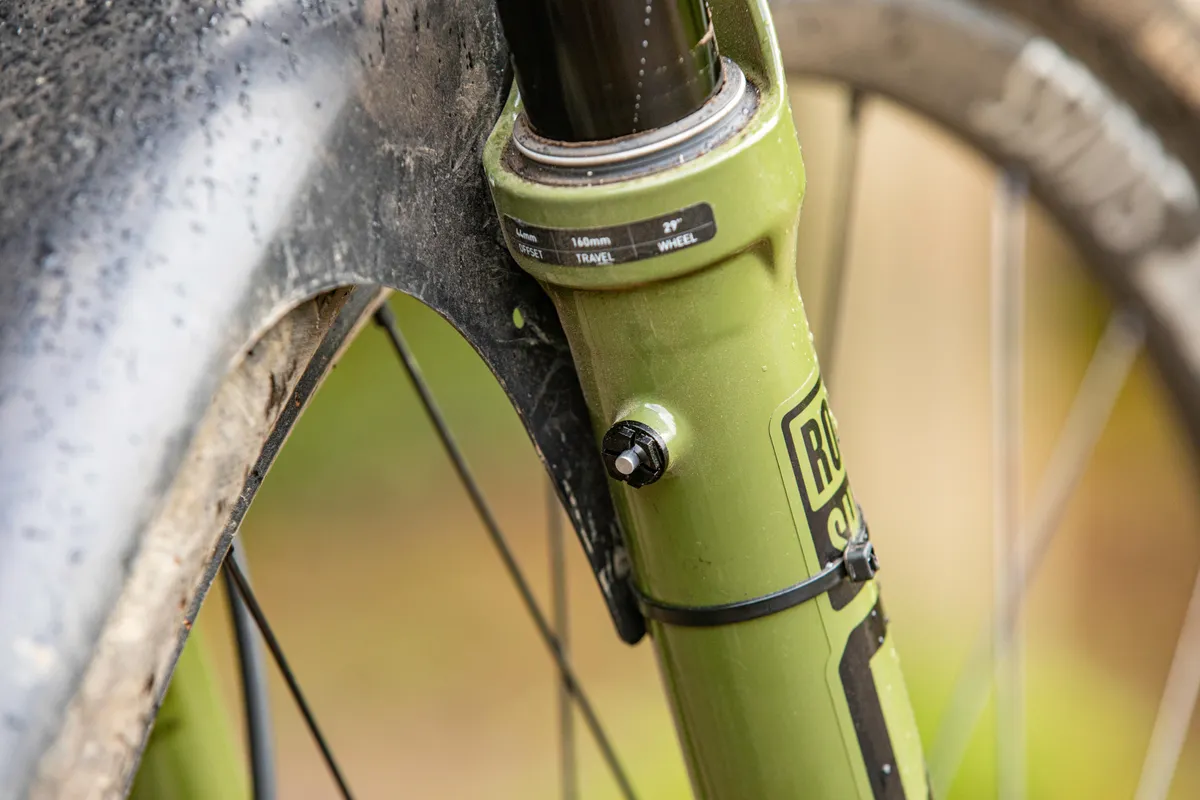
- Compression damping adjustment: Experimenting with the damper’s adjustments – by fully closing and fully opening the low- and high-speed and having them both fully open and fully closed at the same time – revealed how much of an effect they had on fork performance. Clearly, RockShox has worked hard to provide a range of damping that will work for a vast number of riders, when in the past the default damper setting, especially on the compression side, has been fully open or very close to fully open to ensure no harshness and plenty of traction.
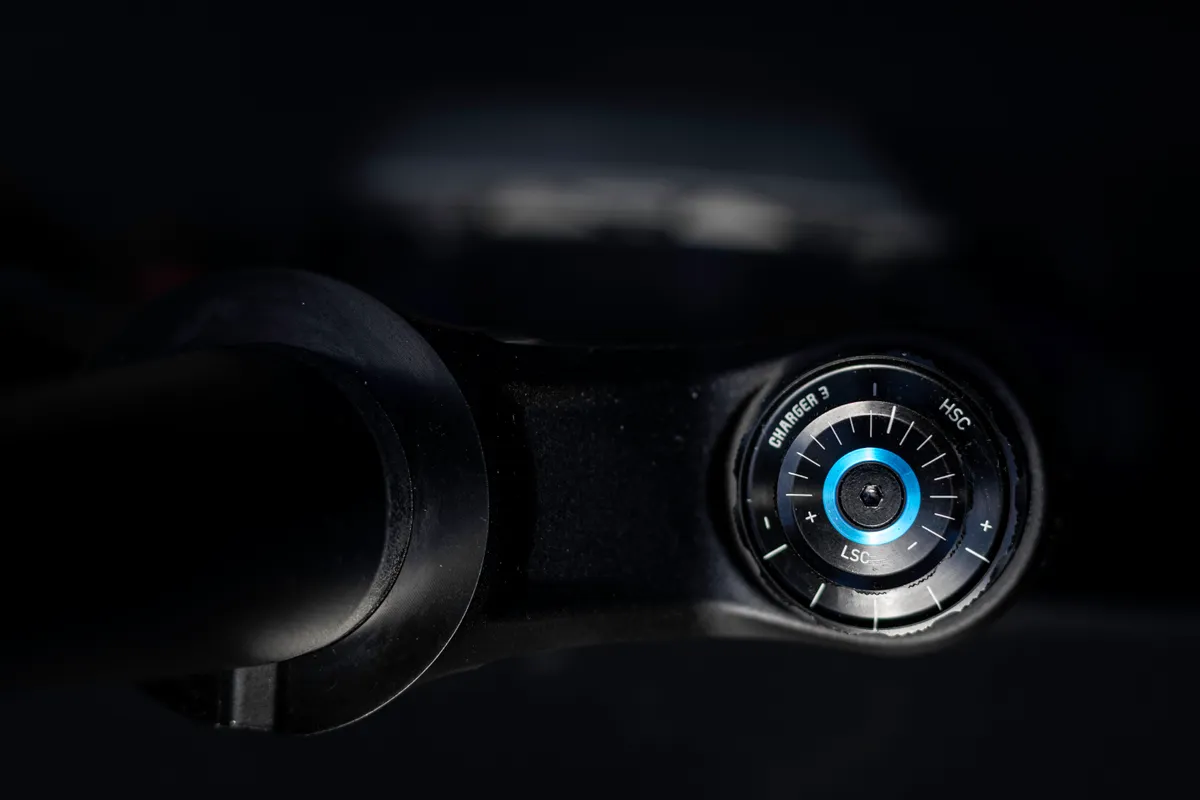
- Rebound damping adjustment: This iteration of the Lyrik has more low-speed rebound damping than the outgoing model. I ended up running the rebound adjustment fully open and found it was borderline fast enough for my preferences. Lighter-weight riders, or riders with similar tastes, might find this to be an issue, while others might not.

- Air-spring setup: In my experience with the new Lyriks, the recommended air-spring pressures on the chart on the rear of the fork are a fair way off the setup I ended up with. Although this isn’t a problem exclusive to RockShox and could be caused by the setup required for the terrain I ride. A more personalised setup calculator would be helpful and could eliminate this problem.

Does the 2023 RockShox Lyrik Ultimate live up to RockShox’s cross-talk reduction claims?
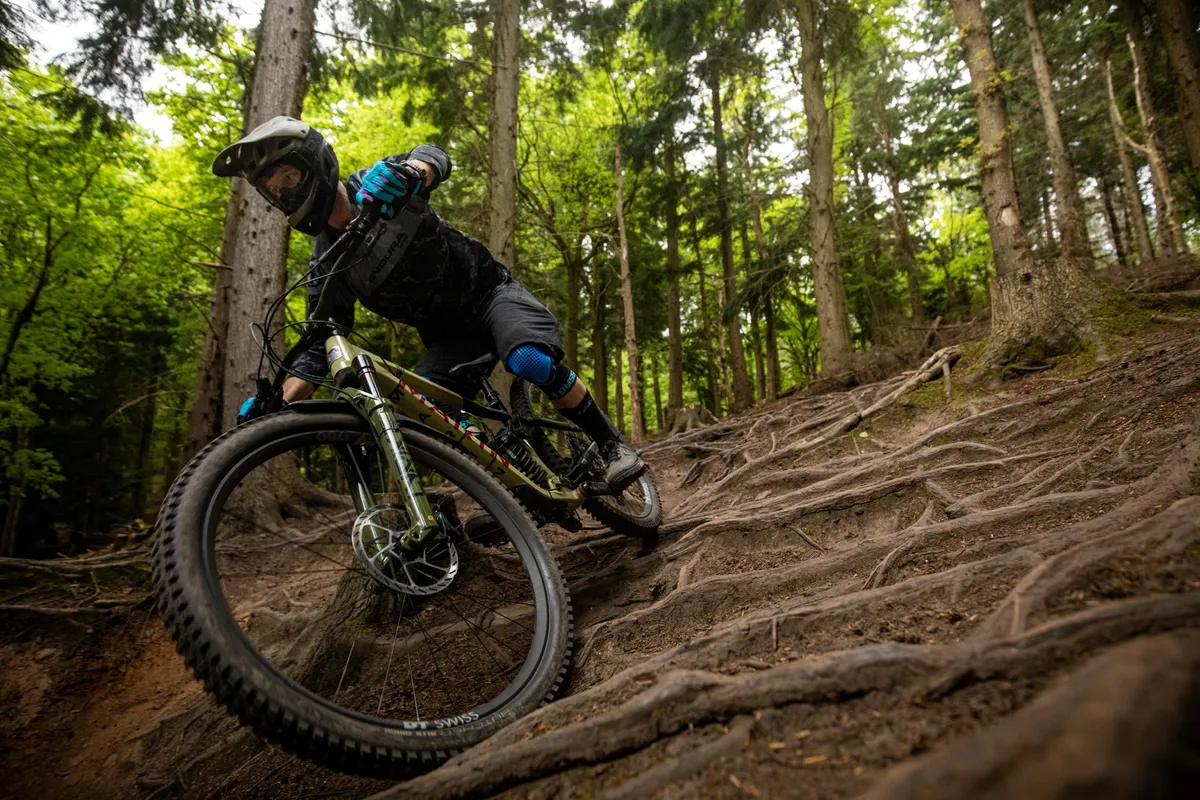
RockShox’s claims of eliminating ‘cross talk’ between low- and high-speed compression adjustments are big ones. Arguably, doing so is the holy grail in damper performance and requires significant technology to perfect.
For the 2023 Lyrik, RockShox has come very close to achieving its goal. The range of low- and high-speed compression damping adjustment, where neither feel as if they affect the other, is certainly very broad.
This is a massive improvement on the previous dampers and means either compression-damping type can be run almost fully closed without hugely impacting the other.
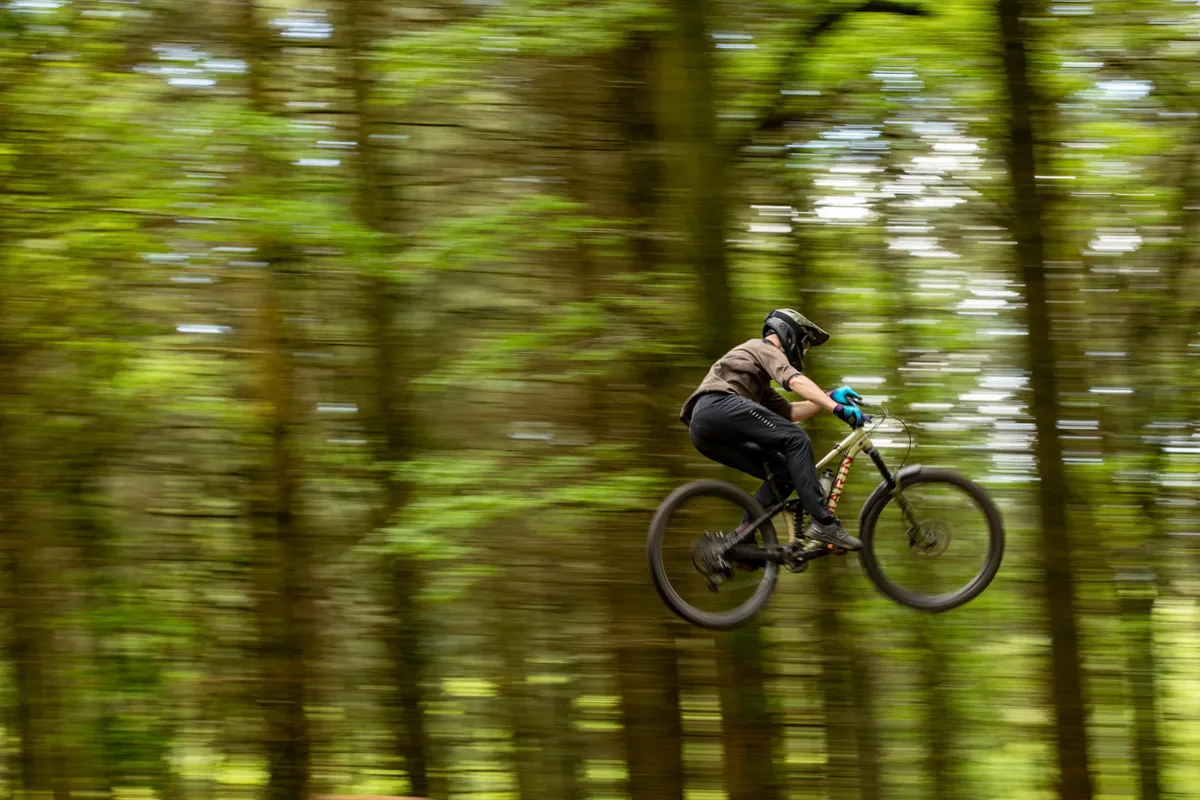
However, at the extremes – where either adjustment was fully closed – it felt as though the other was affected to some degree.
I found fully closing the low-speed adjuster with the high-speed fully open made the fork feel harsher on high-speed hits compared to having the low-speed half closed. Likewise, fully closing the high-speed adjuster with the low-speed fully open caused the fork to ride higher in its travel compared to having the high-speed mid-adjustment.
Whether or not the Charger 3 damper performs the way RockShox promises can only be proved on a dyno, but this isn't something I am able to assess because I don't have access to that equipment.
Going just on how they feel, I am comfortable saying the progress RockShox has made here is impressive, and there are few forks on the market that can boast as little interference between damper adjustments as the Charger 3.
How does the 2023 RockShox Lyrik Ultimate compare to the MY21 RockShox Lyrik Ultimate?
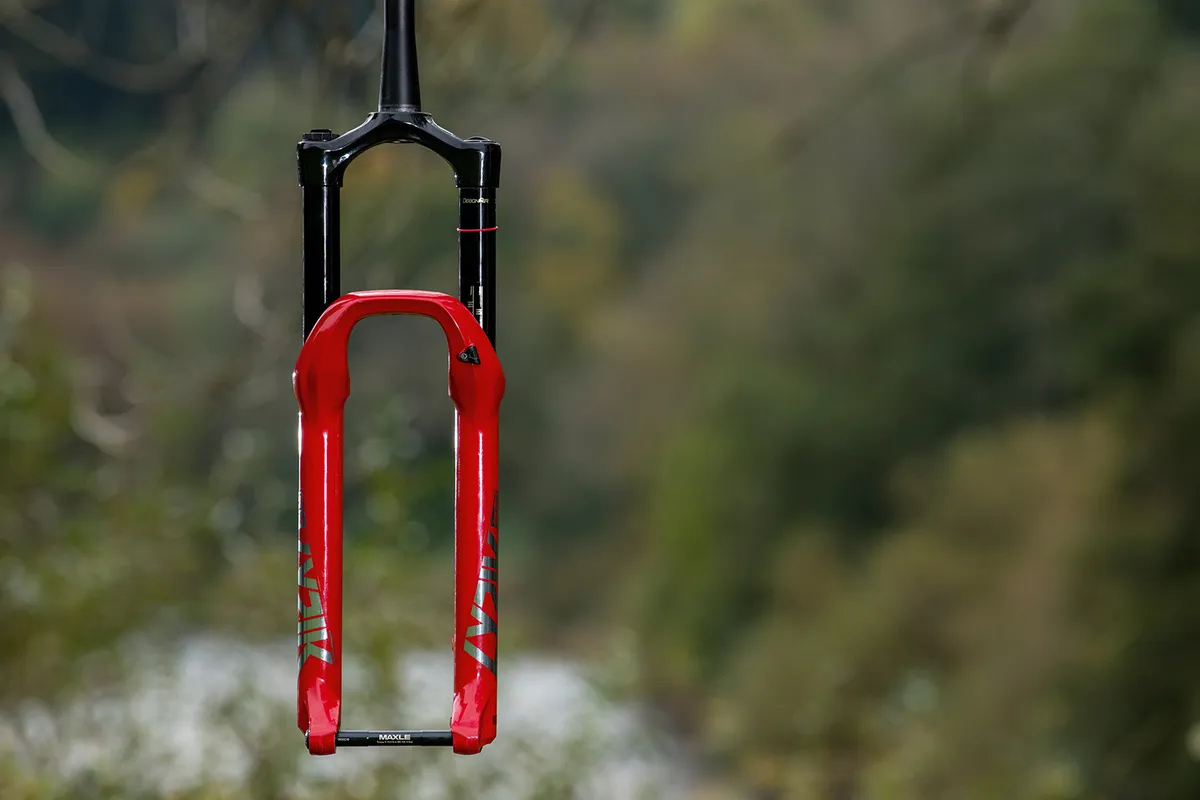
The biggest difference between the 2023 Lyrik Ultimate and MY21 Lyrik Ultimate is how they feel at the start of their travel.
During back-to-back testing the old fork required much less force to get it to enter the first part of its travel, making light work of the bumps on worn-out trail centre runs.
The pay-off for this smoothness is a reduction in support in the first third of the old Lyirk’s travel, where on steeper sections it would more easily dive into its stroke until it reached the support of the air spring and ramp up caused by the volume-reducer spacers.

In contrast, the new fork sat much higher in its travel more of the time, providing impressive support.
Rebound damping – as I previously mentioned – is much lighter on the old Lyrik, and the range of adjustment meant it could be slowed right down. The new Lyrik’s rebound damping is much heavier and the range of adjustment smaller, especially towards the faster end. This could be a problem for some riders.
In terms of which is better, the new 2023 Lyrik is a significant improvement on the old fork, especially its air-spring feel and compression-damping adjustment and performance.
2023 RockShox Lyrik Ultimate bottom line

The new Lyrik is a resounding success, and arguably one of the best mountain bike suspension forks currently on the market.
The support and ride height control offered by both the Charger 3 damper and DebonAir+ spring is not only impressive, but sets a new benchmark because that support doesn’t come at the sacrifice of high-speed, small-bump smoothness.
It has meaningful and fully usable compression adjustments that significantly alter the way the fork feels, making it hugely tunable for a wide range of riders and trail conditions. Its all-new chassis isn’t a step backwards from the previous model’s highly-regarded performance, to boot.
While small-bump sensitivity, in my experience, is down on the previous model, it’s a trade-off I’d welcome given the sheer capability of the damper in every other respect.
This latest iteration of Lyrik is the fork to beat if you’re a hardcore trail/all-mountain/enduro-rider.
Product
| Brand | Rockshox |
| Price | €1134.00, £1013.00, $1049.00 |
| br_whatWeTested | 2023 RockShox Lyrik Ultimate 160mm travel, 29in wheel. 44mm offset |
| Weight | 2042g |
Features
| Spring type | air |
| Lockout | no |
| Wheel size | 29in_700c |
| Axle | 15x110 Boost |
| Damper adjustments | Low-speed compression, high-speed compression, low-speed rebound |
| Offset | 44.0000 |
| Offset | MILLIMETER |
| Travel | 160.0000 |
| Travel | MILLIMETER |
| Stanchion diameter | 35.0000 |
| Stanchion diameter | MILLIMETER |
| Features | Charger 3, DebonAir+ with Buttercups, Pressure Relief Valves |
